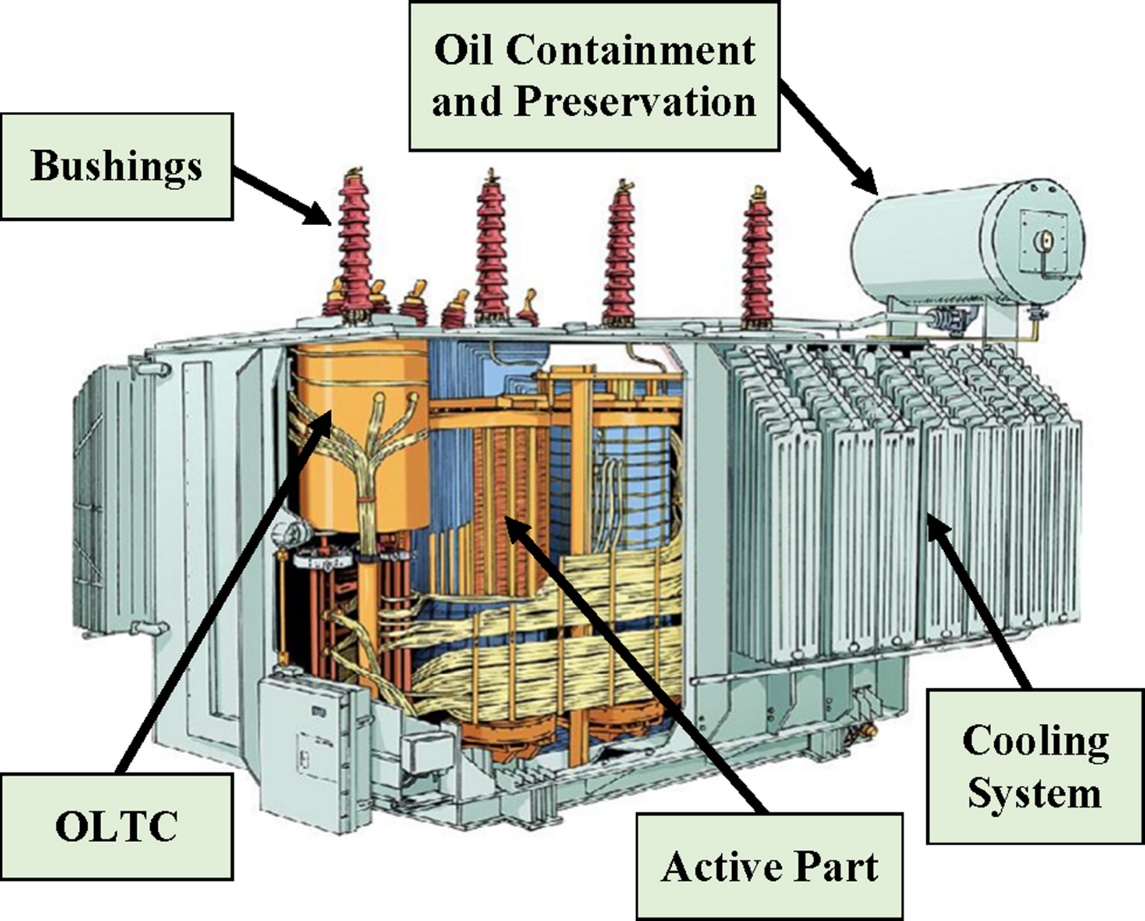What is the Purpose of a Power Transformer?
Sep 27, 2024Power transformers are essential components in the electricity transmission and distribution systems, playing a critical role in the efficient movement of electrical energy from generation facilities to end users. Their primary function is to adjust voltage levels, making them indispensable in ensuring that electricity is transmitted safely and efficiently over long distances.
This article delves into the various purposes of power transformers, highlighting their significance in modern electrical systems.

A power transformer is a static electrical device that transfers electrical energy between two or more circuits through electromagnetic induction. It can either step up or step down voltage levels, depending on the requirements of the transmission network. By adjusting voltage levels, power transformers help minimize energy losses during transmission, ensuring that more electricity reaches consumers.
Power transformers are typically used in high-voltage applications, such as in power plants, substations, and transmission lines. Their design and operation are crucial for maintaining the stability and reliability of the power supply.
The primary purpose of a power transformer is to change the voltage of electricity. This transformation is crucial for long-distance transmission.
Step-Up Transformers: Located at power generation facilities, these transformers increase the voltage generated by turbines to high levels (often exceeding 100 kV) before it enters the transmission network. Higher voltage levels reduce current flow, minimizing energy losses due to resistance in the conductors.
Step-Down Transformers: Found in substations, these transformers reduce the high voltage back to safer levels suitable for distribution. This ensures that the electricity can be used by residential, commercial, and industrial consumers without risk of damage or danger.
Power transformers are integral in managing the electrical load within a network. By adjusting voltage levels, they help balance the load among different circuits and prevent overload situations.
Power transformers provide electrical isolation between different parts of the power system. This isolation is vital for several reasons:
Safety: By separating different voltage levels, transformers help protect both equipment and personnel from electrical faults or surges. This is especially important in preventing accidents in high-voltage systems.
System Protection: Isolation helps contain faults within a specific section of the network, preventing them from spreading and affecting other parts of the system. This containment allows for easier maintenance and quicker restoration of service in case of issues.
In addition to transforming voltage levels, power transformers can help maintain consistent voltage throughout the network.
Power transformers play a significant role in improving the efficiency of the electrical system. By ensuring that electricity is transmitted at optimal voltage levels, transformers help reduce energy losses and enhance the performance of the entire network.
In summary, power transformers are fundamental to the effective transmission and distribution of electricity. Their ability to adjust voltage levels, manage loads, provide isolation, regulate voltage, and improve overall efficiency makes them an indispensable part of the electrical infrastructure.
For industries and utilities seeking reliable power transformers, it is crucial to partner with experienced manufacturers. At Dysen Industrial, we offer high-quality power transformers designed to meet the rigorous demands of modern electrical systems. Explore our range of products to find the perfect solution for your needs.